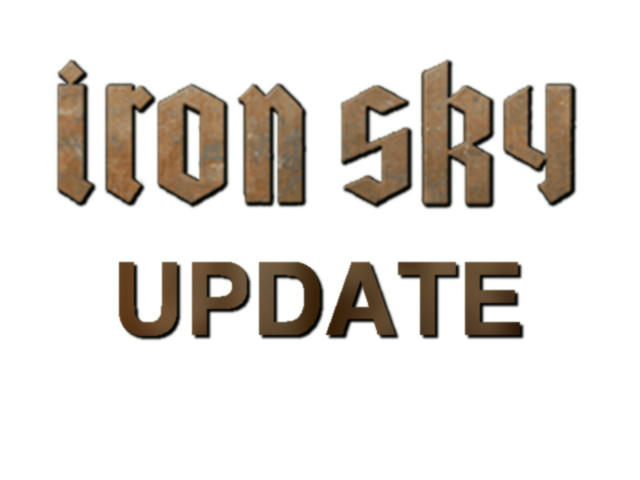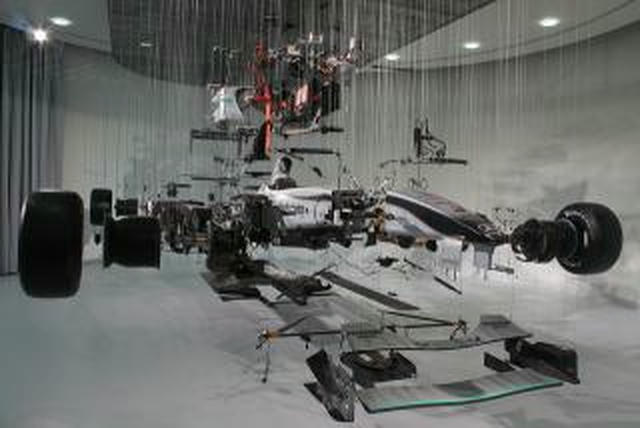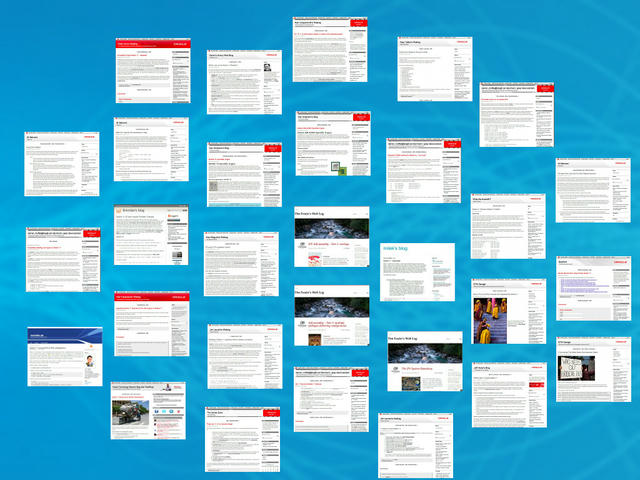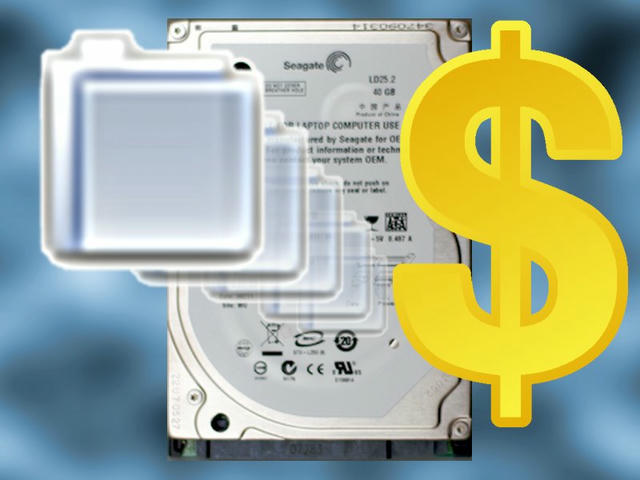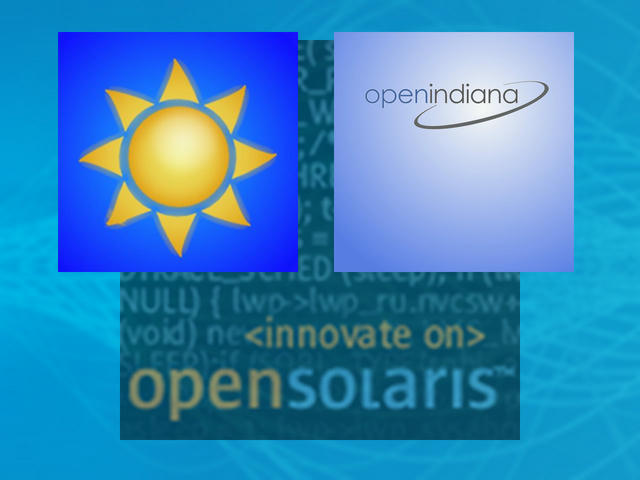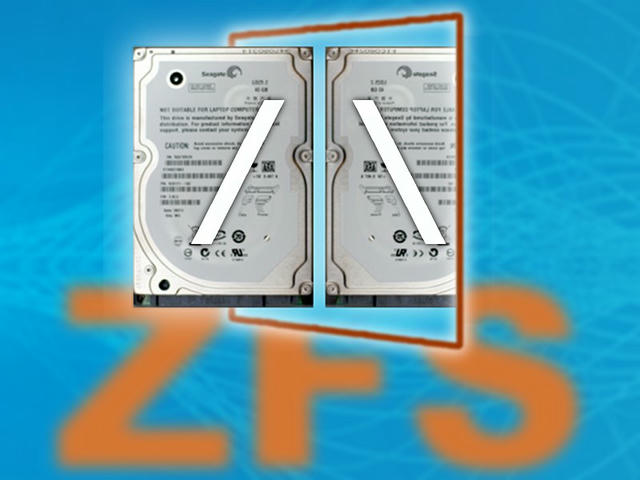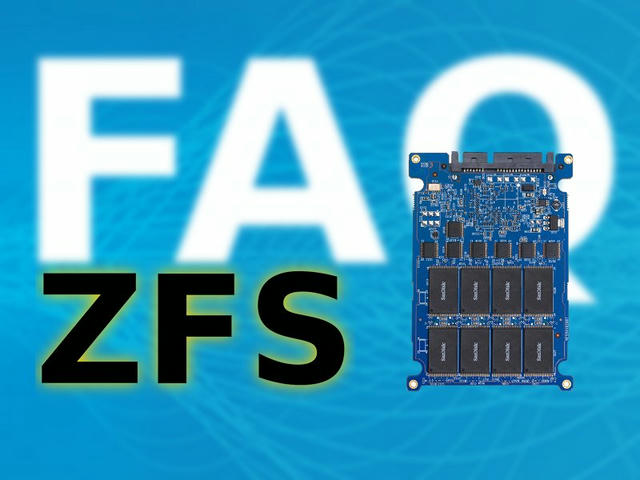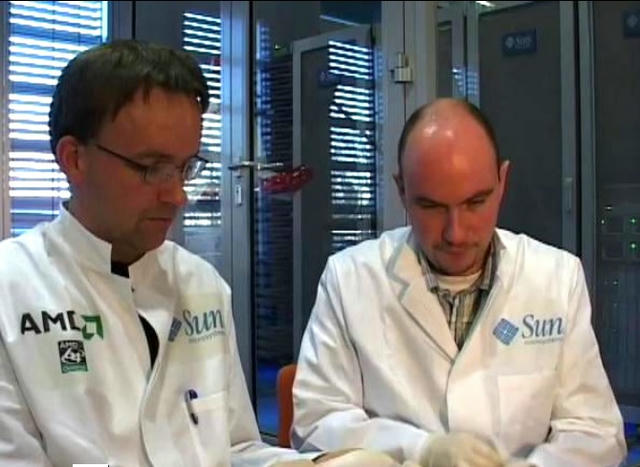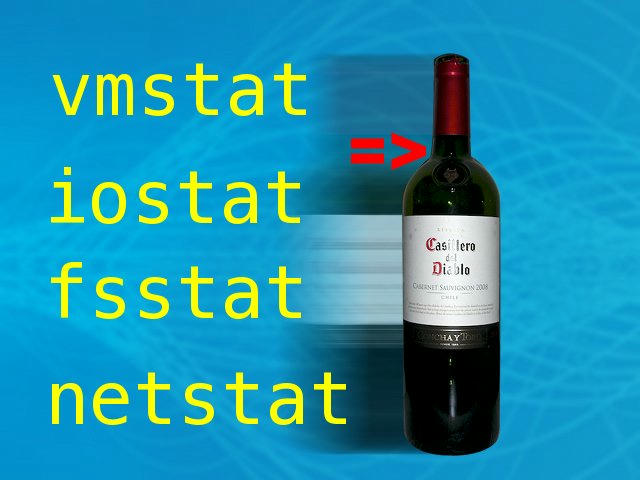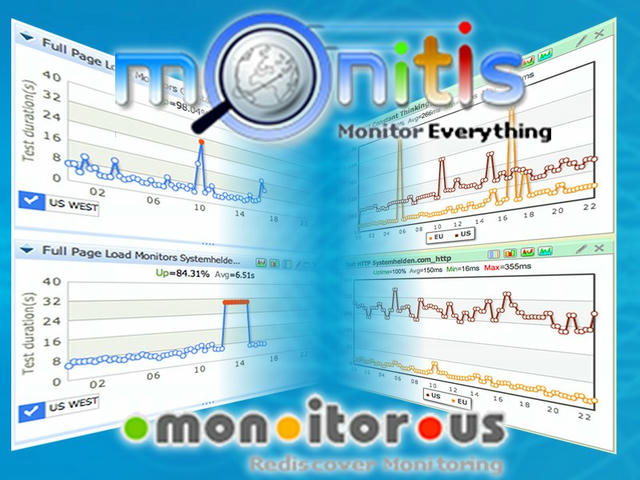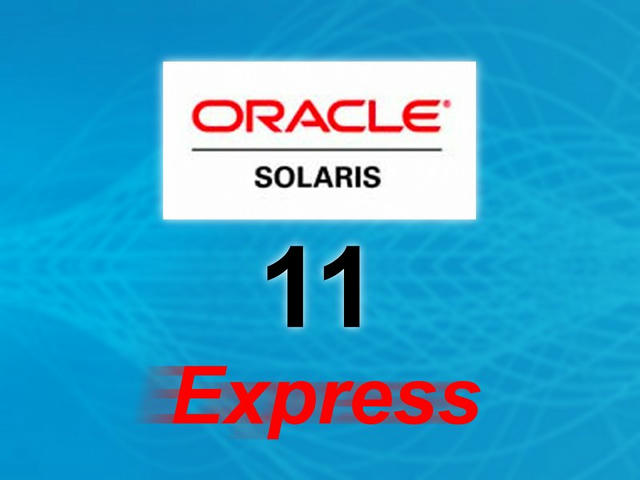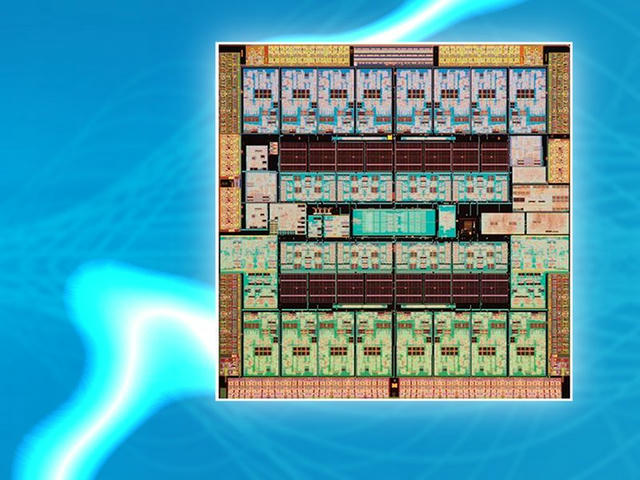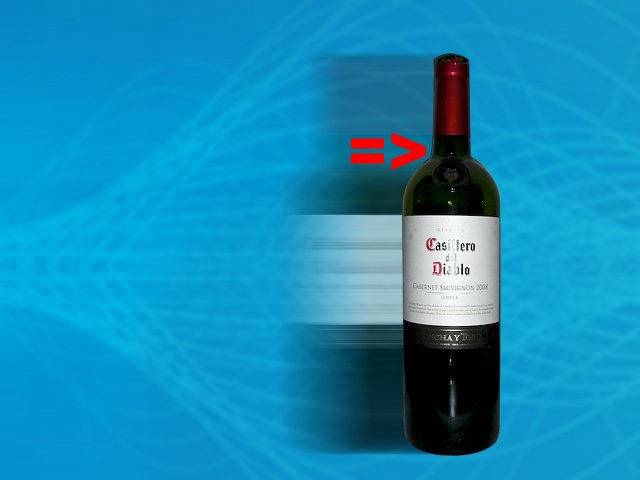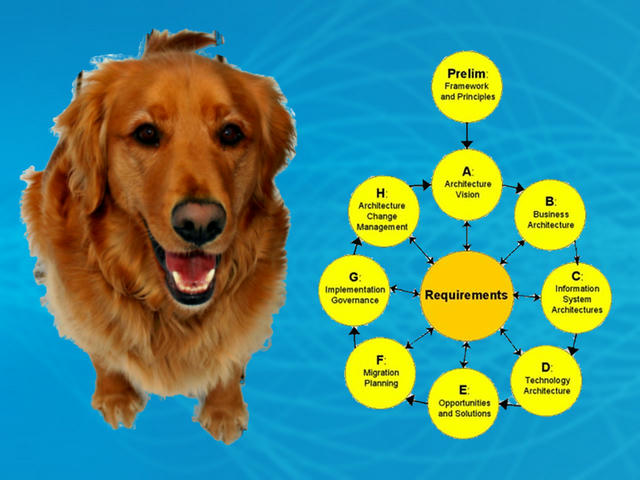
Engineered Systems and Enterprise Architecture (Or: How to Sell Dog Food Online)
One of the first things that customers and sales teams realize when dealing with Engineered Systems is: They fundamentally change the IT architecture of a business.
Change is good, it means progress. But change is sometimes seen as a bad thing: Change comes with fear.
The truth is that Engineered Systems really empower IT architects to add value to their business, application and data architectures, without worrying about the technology architecture.
To understand this, we need to dig a bit deeper into Enterprise Architecture, specifically the TOGAF flavor of it.

